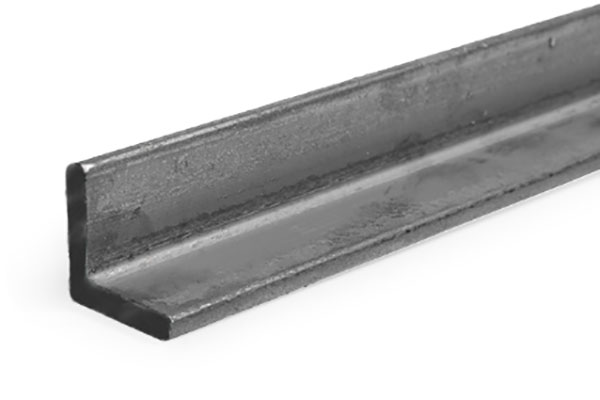2×2 angle iron, a versatile structural component, is commonly used in construction, and industrial applications. Its strength and load-bearing capacity depends on various factors, including the material, dimensions, and loading conditions. This article will explore how much weight a 2×2 angle iron can support and the key considerations for its safe and effective use.
Factors Affecting Load-Bearing Capacity
- Material: The type of material used for the angle iron significantly influences its strength. Steel is the most common choice due to its high strength-to-weight ratio. Other materials like aluminum or stainless steel may be used in specific applications, but they generally have lower load-bearing capacities.
- Dimensions: The dimensions of the angle iron, including its thickness and leg length, directly impact its strength. A thicker and longer angle iron can support heavier loads.
- Loading Conditions: The way the load is applied to the angle iron is crucial. Concentrated loads, such as point loads, can induce higher stresses than uniformly distributed loads. Additionally, the direction of the load (tension, compression, or bending) affects the capacity.
- Connections: The method used to connect the angle iron to other structural elements is essential. Proper connections, such as welding or bolting, ensure that the load is transferred efficiently without causing failure.
- Design Factors: Engineering design principles and codes, such as the American Institute of Steel Construction (AISC) manual, provide guidelines for calculating the load-bearing capacity of angle irons. Factors like safety factors, stress concentrations, and fatigue are considered to ensure safe and reliable performance.
Calculating Load-Bearing Capacity
To accurately determine the load-bearing capacity of a 2×2 angle iron, engineers use structural analysis techniques. These involve calculating the stresses induced in the material under different loading conditions. The maximum allowable stress, known as the yield strength, is compared to the calculated stresses to ensure that the angle iron can safely support the intended load.
Several factors are considered during the analysis:
- Section properties: The cross-sectional area, moment of inertia, and section modulus of the angle iron are used to calculate its resistance to bending and shear stresses.
- Load distribution: The way the load is applied to the angle iron is considered, as it affects the stress distribution.
- Boundary conditions: The supports and connections of the angle iron are taken into account, as they influence the stress distribution.
Common Applications and Load-Bearing Requirements
2×2 angle irons are used in a wide range of applications, each with its specific load-bearing requirements:
- Structural framing: In buildings and structures, angle irons are used for framing, bracing, and supporting members. They must be able to withstand the weight of the structure and any additional loads, such as wind or snow.
- Machinery components: Angle irons are used in machinery as base plates, brackets, and supports. They must be strong enough to resist the forces generated by the machinery’s operation.
- Industrial equipment: In industrial settings, angle irons are used in various equipment, such as conveyors, racks, and platforms. They must be able to support the weight of the equipment and any materials being handled.
- DIY projects: Angle irons are also popular for DIY projects, such as building shelves, tables, or metal structures. For these applications, the load-bearing requirements are typically less demanding.
Safety Considerations
When using 2×2 angle irons, it is essential to prioritize safety. Ensure that the angle iron is properly selected, installed, and maintained. Regular inspections and maintenance can help identify any signs of wear or damage, preventing potential failures.
In conclusion, the load-bearing capacity of a 2×2 angle iron depends on various factors, including the material, dimensions, loading conditions, and design considerations. By carefully considering these factors and following appropriate engineering practices, you can ensure the safe and effective use of angle irons in your projects.
Post time: Sep-25-2024




